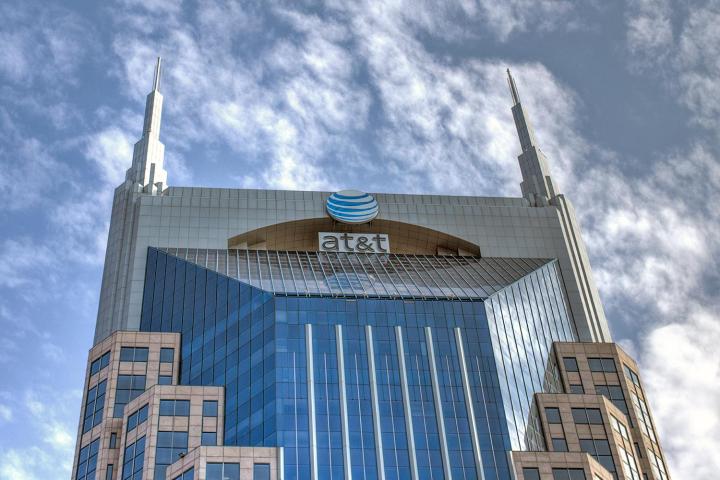
During an investors conference, AT&T CFO John Stephens said the carrier was forced to cut its prices and offer more competitive promotions, in an effort to keep subscribers. He added that strong marketing campaigns and affordable deals offered by other carriers forced AT&T’s hand. Stephens even warned AT&T may have a higher churn rate than usual, as some new subscribers may have left the carrier in favor of cheaper plans elsewhere. A carriers’ churn rate is determined by how many new subscribers it loses to competitors, and while AT&T typically manages to keep its customers, this year may be different.
Even though Stephens didn’t mention T-Mobile’s Uncarrier tactics or cite Sprint’s revamped offerings, it’s clear that the two carriers are the ones pushing AT&T to lower its prices and offer more deals to customers.
Meanwhile, Verizon told investors that the “highly competitive and promotion-filled” market could decrease the price of earnings per share, even though it’s still doing well with new customers. Big Red has simply had to work harder and fork over more money to keep its subscribers happy, now that they see other options on the market.
Neither carrier mentioned official numbers, so it’s hard to tell just how big an impact T-Mobile’s and Sprint’s price cuts and promotions will have on their larger competitors.
Editors' Recommendations
- Everything you need to know about the massive AT&T outage
- T-Mobile still has the fastest 5G, but its rivals are catching up
- The 5G speed race is over and T-Mobile has won
- Here’s another big reason why T-Mobile 5G dominates AT&T and Verizon
- T-Mobile is leaving AT&T and Verizon in the 5G dust


